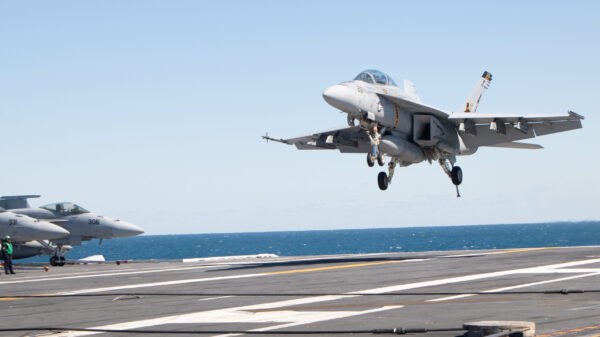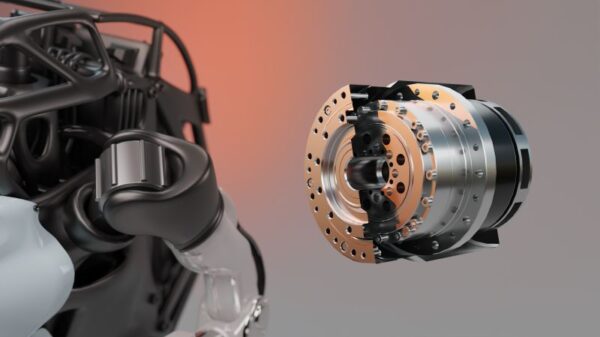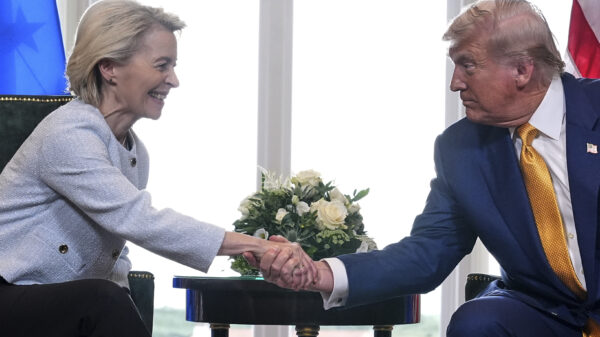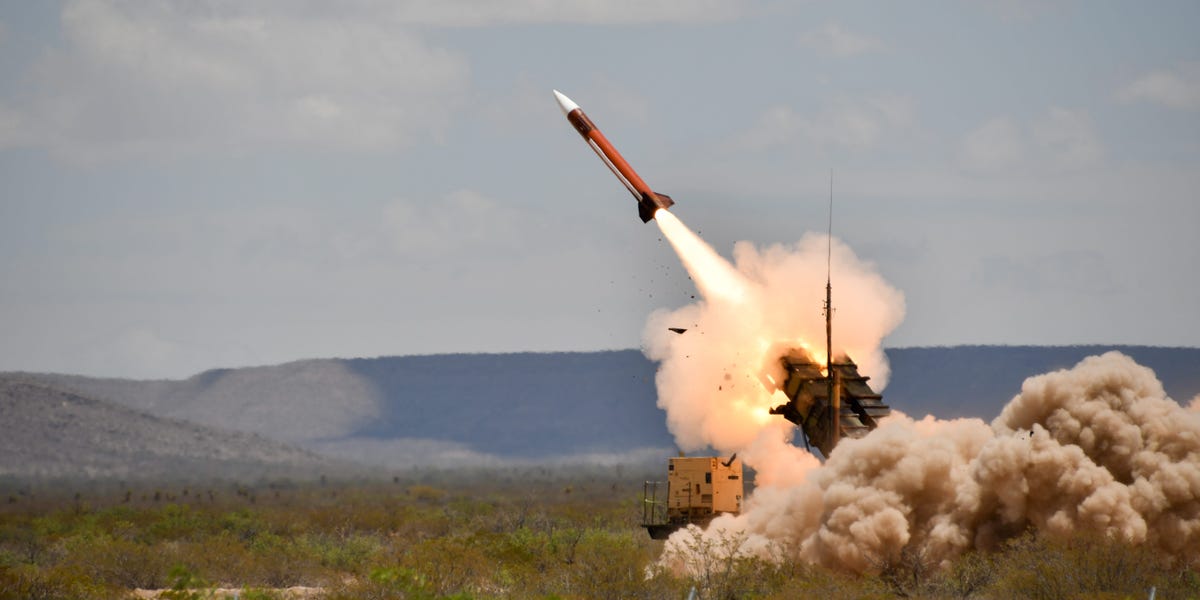The top U.S. general has revealed unprecedented details about the successful interception of Iranian missiles by Patriot air defense systems during a retaliatory strike on Monday. The operation, described as the largest single Patriot engagement in U.S. military history, took place at Al Udeid Air Base in Qatar, the largest American military installation in the Middle East.
General Dan ‘Razin’ Caine, chairman of the Joint Chiefs of Staff, shared these insights during a Pentagon briefing on Thursday morning. According to Caine, the Patriots, alongside Qatari air defenses, effectively neutralized the threat posed by over a dozen Iranian ballistic missiles. This attack followed U.S. bombings of three Iranian nuclear facilities over the weekend.
Patriot Missile Defense in Action
At a press conference, U.S. Secretary of Defense Pete Hegseth joined Caine to discuss both the U.S. strike and Iran’s subsequent response. Caine emphasized the challenges faced by air defense operators at Al Udeid, who had been forewarned about the impending attack earlier on Monday. Despite the advance notice, intercepting ballistic missiles remains a complex task.
The Patriot system, a sophisticated defense platform, requires precision to counter fast-approaching threats. In this instance, the system was tasked with intercepting a significant number of missiles, a feat complicated by technical and operational challenges.
“We believe that this is the largest single Patriot engagement in U.S. military history,” Gen. Dan ‘Razin’ Caine stated.
Operational Details and Challenges
During the attack, American forces at Al Udeid assumed a minimum force posture. “Most folks had moved off the base to extend the security perimeter out away from what we assessed might be a target zone,” Caine explained. Approximately 44 U.S. Army soldiers remained to operate two Patriot batteries, crucial for the base’s defense.
A Patriot battery includes radar and control systems, launchers armed with interceptor missiles, power generation units, and communication equipment, all managed by trained crews. These crews, deployed from U.S. forces in South Korea and Japan, were responsible for defending the entire base. The oldest soldier was a 28-year-old captain, while the youngest was a 21-year-old private with less than two years of service.
As night fell, the Patriot crews were instructed to orient their missile batteries north towards Iran. Control of the systems was transferred to a ‘hot crew’ consisting of one non-commissioned officer and four soldiers. They then waited for the attack.
“You know that you’re going to have approximately two minutes, 120 seconds, to either succeed or fail,” Caine remarked, highlighting the urgency of the situation.
Successful Interception and Aftermath
At approximately 7:30 p.m. local time, Iran launched its missiles. As the incoming threats were detected, the Patriot systems responded with a series of intercepts. Although Caine withheld the exact number of interceptors fired, he confirmed it was the largest use of Patriots in U.S. history. The Qatari Patriot crews also contributed to the defense efforts.
The engagement was described as “a lot of metal flying around,” with Patriots successfully intercepting missiles and boosters, preventing any from hitting the base. Notably, there were no reported casualties from the attack.
Historical Context and System Evolution
Patriot missile systems, manufactured by Raytheon and Lockheed Martin, have been extensively used in recent conflicts, including the war in Ukraine. In Ukraine, Patriots have been instrumental in countering Russian ballistic missiles, aircraft, and drones.
Historically, the Patriot system faced skepticism due to exaggerated success claims during the Gulf War and inconsistent performance in later conflicts. However, significant upgrades have enhanced its effectiveness, leading to its current status as a celebrated defense asset. Ukrainian officials have praised the system, though they have expressed a need for more units.
Future Implications and Strategic Considerations
The briefing on Thursday also addressed media reports questioning the sufficiency of the U.S. strikes on Iranian nuclear facilities. While there are indications of significant damage, questions remain about Iran’s ability to rebuild and the status of its enriched uranium stockpiles.
As tensions continue in the region, the successful use of Patriot systems underscores their strategic importance in modern military defense. The event highlights both the capabilities and challenges of missile defense in an era of advanced ballistic threats.
Looking forward, the U.S. military’s ability to adapt and respond to such challenges will be crucial in maintaining regional stability and deterring potential adversaries.





































































